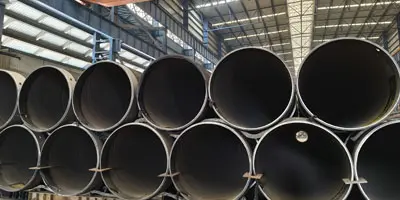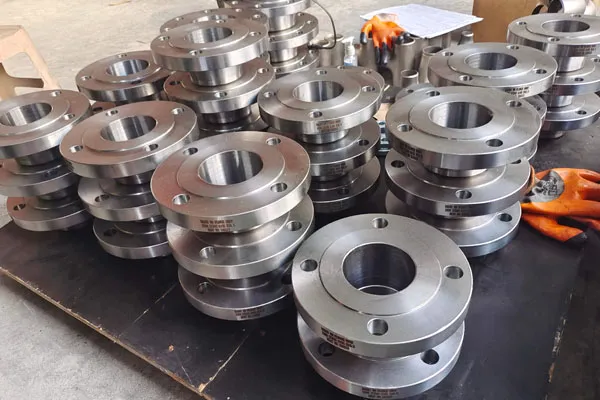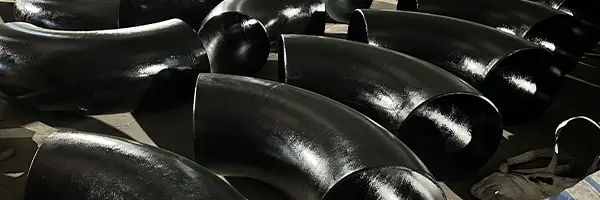There are numerous types of flanges, and commonly used materials include carbon steel, stainless steel, alloy steel, etc. In addition, the thickness, number of screw holes, and aperture all require the selection of flanges of appropriate specifications and sizes according to the operational requirements.
Common types of flanges can be divided into sliding flanges (also known as flat-neck flanges) (SO), butt-weld flanges (WN), threaded flanges (THDF), loose flanges (LJ), socket-weld flanges (SW), blind flanges (BL), and other special types according to their shapes and welding methods. The following basically introduces several major flange types.
Weld Neck Flange
The most common type of flange is the weld neck flange, which has a weld bevel on the end of the neck extension. This type of flange is designed to be butt welded directly to the pipe to provide a quality and relatively natural connection. This type of flange connection is almost exclusively used in larger sizes and higher pressure classes. If only one drilled flange style exists in a modern application, the weld neck flange will be your first choice.
Slip-On Flanges
The slip-on flange is a common type of pipe flange designed to place the pipe into the hole/center of the flange to be welded on the outside diameter (OD) of the pipe and the inside of the connection. The slip-on flange is a simple and excellent alternative to weld neck because it does not have a weld bevel, so the length of the pipe can be adjusted to the position of the flange. The hole diameter of the slip-on will provide ample space for the matching pipe. This provides enough working space for the welder and fabricator to make the connection.
Blind Flanges
A blind flange is a solid steel piece without a hole (inside diameter) and is mainly used to close off pipeline lines. Since most flange connections allow air or fluid to pass through the internal opening, the blind flange provides a good termination point for the end of the pipe connection, or to redirect the media of interest to another part of the pipeline assembly. In these cases, and when the pipe requires future modifications, such as installing valves or fittings to redirect the flow, choose a blind flange.
Socket Weld Flange
A less common but equally effective flange connection style, the socket weld flange requires less overall available space than a traditional weld neck flange and features a countersunk hole in the center to cleanly weld the pipe into the socket. Typically available in smaller nominal pipe sizes, it is an excellent alternative to weld necks and slip-on sleeves when necessary.
Threaded Flange
A threaded flange, sometimes referred to as a mating flange/screw flange/NPT flange, contains a female NPT thread in the center for connection to male NPT pipe. Threaded flanges are common when creating reduced-diameter connections. In addition to the standard NPT form specified by the ASME B16.5 specification, other thread styles are available for machining.
Lap Flange
Lap flanges are also known as backup flanges, loose ring flanges, loose hub flanges, and Van Stone flanges. Choosing the right flange for your industrial application is critical. It all depends on the requirements of the intended application. Lap flanges are ideal for piping systems and are easy to disassemble, while rolled angle rings are ideal for structural applications to create bends or circles within various structures.






 English
English Español
Español بالعربية
بالعربية

















 Phone :
Phone :  Whatsapp :
Whatsapp :  Email :
Email : 


